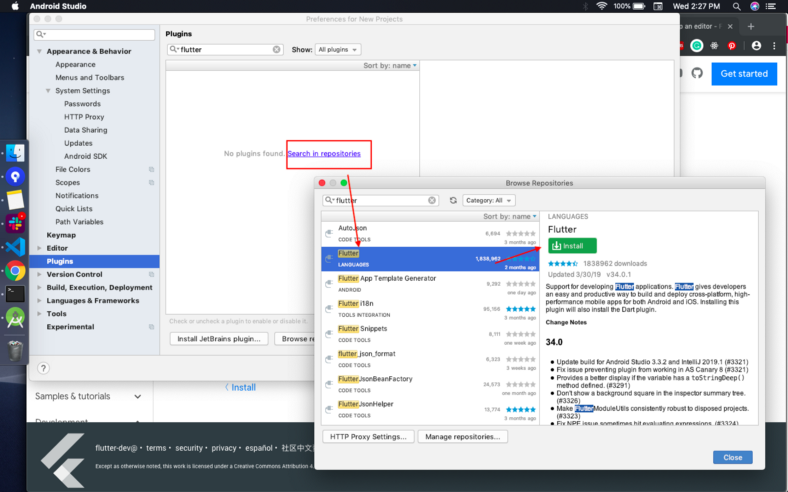

On your Mac, find the Simulator via Spotlight or by using the following command:.We can prepare to run and test your Flutter app on the iOS simulator by following these steps: I am using XCode 10.1 Set up the iOS simulator If we want to develop Flutter apps for iOS, you need a Mac with Xcode 9.0 or newer. The emulator starts up and displays the default canvas for your selected OS version and device. In Android Virtual Device Manager, click Run in the toolbar.For details on the above steps, see Managing AVDs. Verify the AVD configuration is correct, and select Finish.Under Emulated Performance, select Hardware – GLES 2.0 to enable hardware acceleration.Select one or more system images for the Android versions you want to emulate, and select Next.Choose a device definition and choose Next.(The Androidsubmenu is only present when inside an Android project.) Launch Android Studio > Tools > Android > AVD Manager and select Create Virtual Device.Enable VM acceleration on your machine.Now, to run and test your Flutter app on the Android emulator, follow these steps.
#Flutter install mac open p simulator update
If you have already installed then update it to the latest version and all the other SDKs.
#Flutter install mac open p simulator full
Therefore, flutter relies on the full installation of Android Studio to supply its Android platform dependencies. Right now, the current version of Android Studio is 3.2. The Dart SDK is bundled with a Flutter it is not necessary to install the Dart separately.Ĭheck the output carefully for other software you may need to install or further tasks to perform the complete installation. The above command checks your environment and displays the report to a terminal window. So, here It is, showing me the right path. You can check out where the Flutter has the correct path or not by typing the following command. So add the correct path according to your folder structures. See, here, the above path is mine, and yours might be different. export PATH=$PATH:/home/krunal/Desktop/code/flutter/bin zshrc file and add the following kind of path to it. To do that, you need to add the flutter path to the environment variables. The next step is to configure the System Path for a flutter. Then, you can move that unzipped folder to the project where you save all the other project folders or stay wherever it was.


 0 kommentar(er)
0 kommentar(er)
